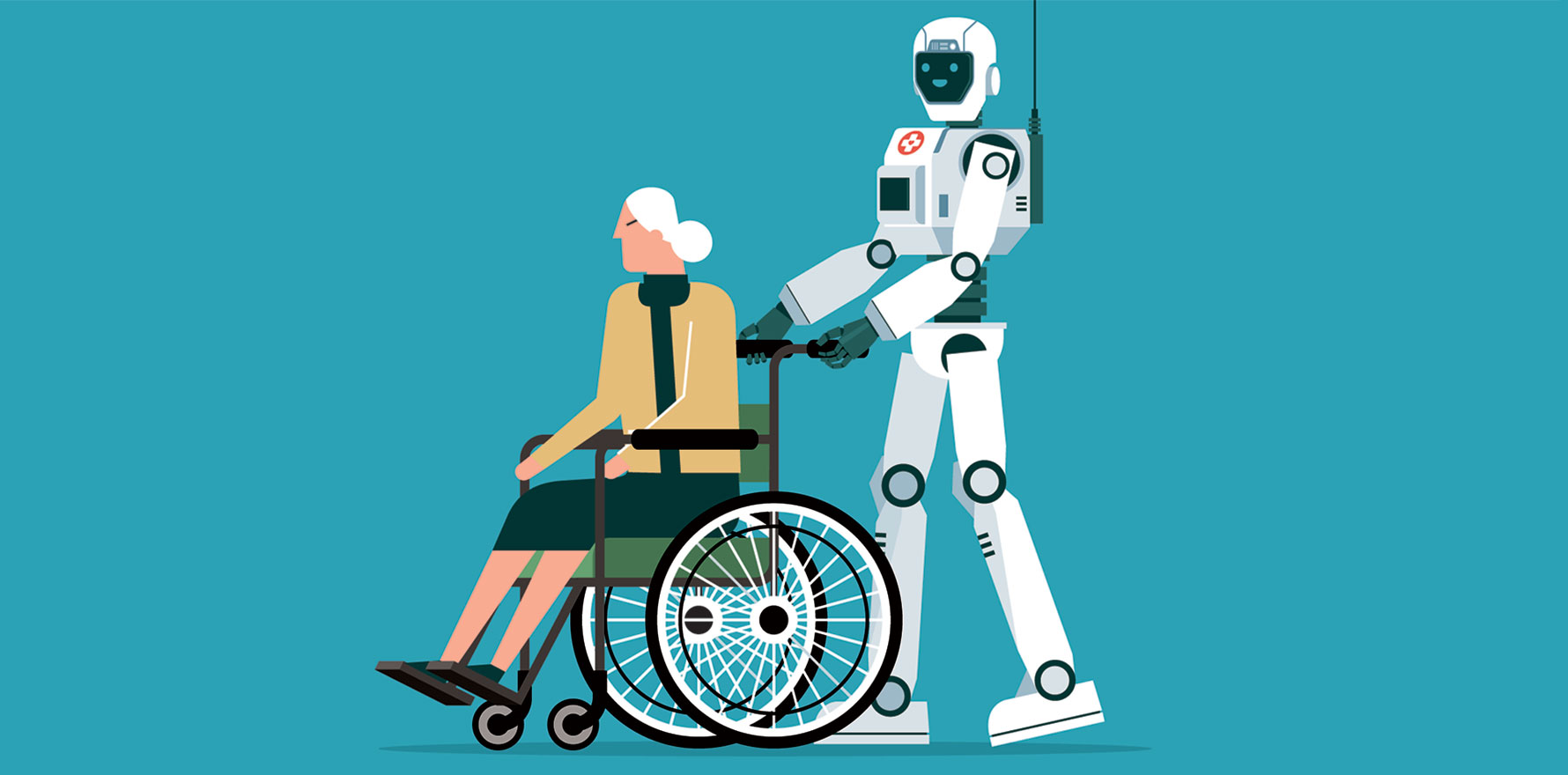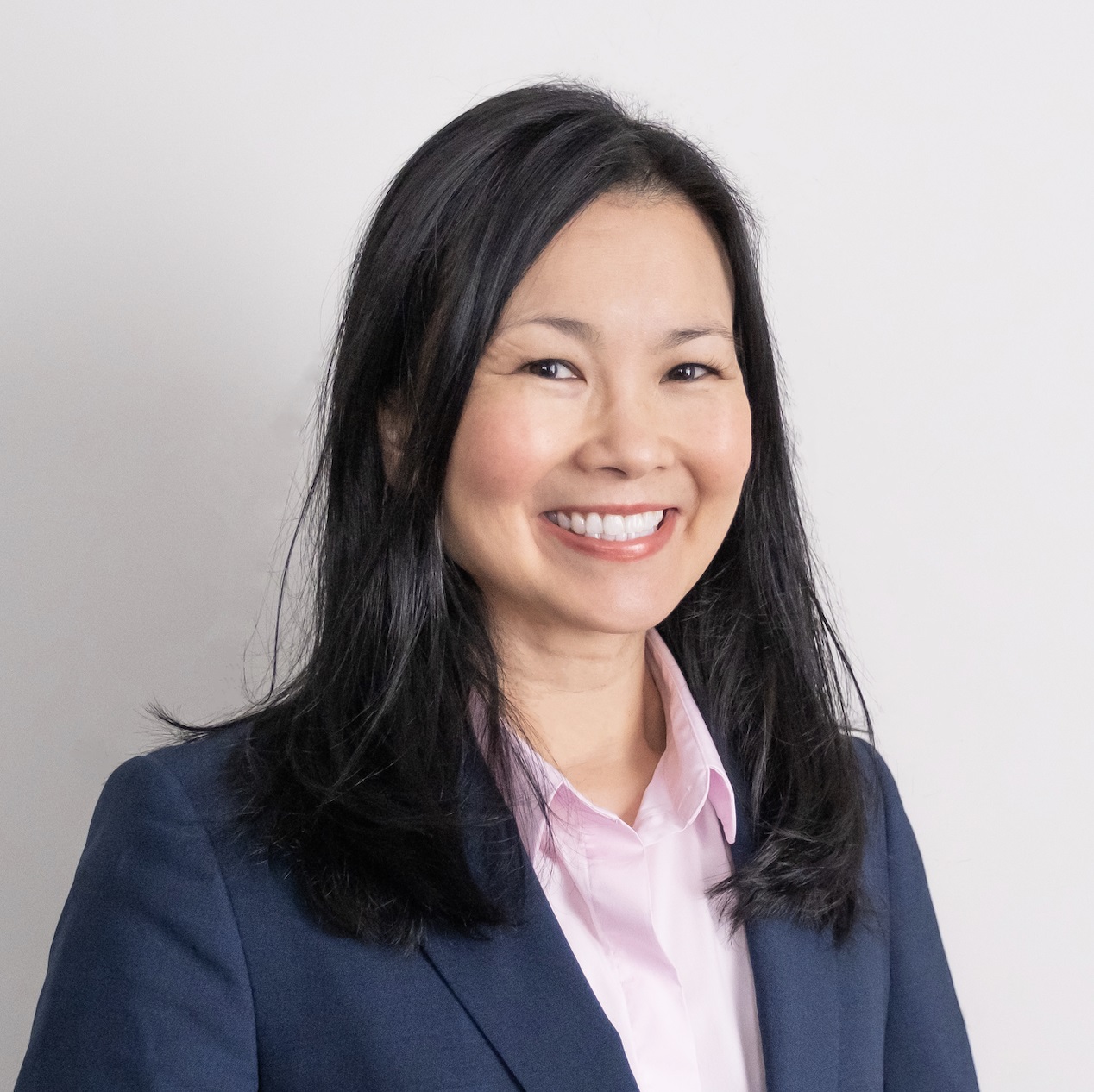
My parents are nearing the stage in their lives where they will need to access aged care services.
Both are in their 70s, and still live in their own home. They are now part of the 17% of Australians over the age of 65 years.
My father still works, enjoys gym sessions in his garage, goes to the local pool and is an articulate and fluent English speaker. My mother enjoys looking after her granddaughters and gardening, which is something she does for her wellbeing and enjoyment. She speaks five languages; English is her second language. Both of my parents are active on social media, chat with family overseas through video, have Apple watches, use Google Nest for anything from weather to news to controlling the lights in the house, and use several apps daily including some health-related apps.
Both of my parents are independent and highly active, but my brother and I have begun discussing future aged care options with them because we all understand there will be a need for them in the coming years. The thought of living in residential aged care facilities is one that scares my parents. And while I want to believe our aged care system can support their unique needs and personalities, as someone who has worked in and consulted to the aged care sector, I am not so sure it can as it stands today.
The profile, interests, needs and tech-savvy of our aging community are vastly different than they were even 20 years ago – and continuing to evolve at pace – but the sector that looks after them has remained relatively unchanged for decades.
Work is under way to look at what needs to change. One of the recommendations from the Royal Commission into Aged Care and Quality, was for the Aged Care Quality Standards to be rewritten. In response, the Draft Revised Aged Care Quality Standards (“new standards”) have recently been released.
The wide consultation undertaken by the Australian Government Department of Health and Aged Care – with aged care consumers and carers, service providers and other ecosystem representatives – was the right approach and has identified some important issues. While the standards have always been centred around the needs of older people, the shift in the new standards is towards more individual and personalised care and a big push on the role and accountabilities of the governing body (board). There are also references to interoperability of systems to help deliver better clinical care.
But to achieve the changes we really need, the standards must be more forward thinking and embrace technology – or at the very least push for a more definitive technology roadmap to support the changing needs and growth of the ageing population.
As a sector partner to the Department of Health and Aged Care Digital Transformation and Delivery Group and Datacom’s health lead for a growing aged care portfolio – providing consulting as well as tech solutions – I attended several consultation forums seeking feedback on the new standards. While it was positive to see the broad cross section of forum participants from across the sector, it was hard to hear from the aged care consumers and carers that the services they receive are not meeting their needs.
Even more alarming to me was the number of DoHAC forum participants who believe “more staff” in the aged care sector will solve most, or perhaps all, of the sector’s problems. The perception for many seems to be that more staff will mean better and more personalised care, that it will ensure the new standards are met, enable exercise and care plans to be realised, preserve dignity and autonomy where possible. “More staff” is not the magic bullet.
The first flaw in the “more staff” solution is that we face a fundamental global population challenge.
In Australia our year-on-year fertility rates have been declining for the past 10 years and the proportion of our population aged 65+ is expected to reach 23% in 2060. Around the world, over the past 70 years, fertility rates have seen a 50% decline. At the same time people are living longer. The net result? We have an ageing population, growing demand for aged care services, and not enough people of working age to meet those needs.
The second flaw in the “more staff” solution is that it ignores the fact we have technology that is ideally suited for critical tasks in the sector. There are so many examples of technology being used in other health areas like radiology and medicine to support clinicians with diagnosis and treatment. We can and should consider how existing technologies can be used in aged care to improve service delivery. Technology such as:
• Artificial Intelligence (AI) – we can use AI such as speech-to-text capabilities, to enhance and support the staff with reporting and data collection (like a second pair of hands for care support workers and nurses);
• Automation – we could automate the reporting to DoHAC, families and internal stakeholders;
• Internet of Medical Things – we can look at how wearable technology and sensors can complement the work of the aged care workforce; and
• Data and analytics – we can use data and analytic tools to assist with predictive workforce planning based on resident numbers and care needs.
Applying technology in these ways will free up carers and aged care teams to focus on the people instead of the admin. It will make the aged care sector more sustainable and pave the way for more individualised care.
Aged care will be a part of all our futures. To truly address the challenges the sector faces, retain good staff and ensure our needs and those of our loved ones are met, we must build and implement key technologies that can carry out the more functional tasks and services, and easily flex as demand grows. When tech is taking care of critical basics, I’ll have greater confidence the sector has the scope to meet the diverse needs of our ageing population, including my parents.
Pauline Soo is health director of Datacom and has more than 20 years’ experience in healthcare and aged care.

